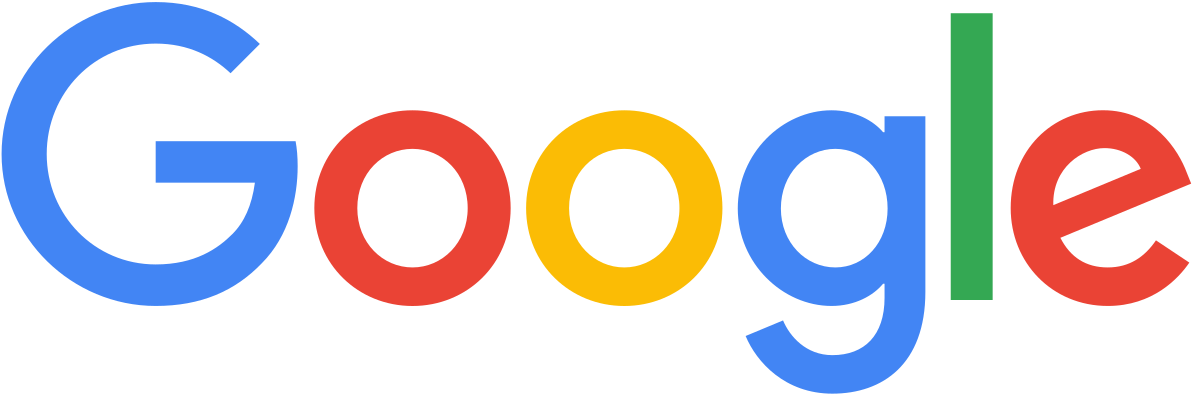Understanding Your Consumer & Where They Are
Written by Zak Hillard
In the early days of marketing, ‘meeting your customer where they are’ had a pretty literal meaning. You had a handful of channels to choose from, maybe you’d send a letter, run an advert in the local paper, or pick up the phone. Email joined the mix later, but the principle stayed the same – reach people on the platforms they were already using.
Fast forward to today, and the landscape is much more complex. ‘Where they are’ might mean scrolling social media at midnight, searching on Google or reading informative blog content. Each platform has its own intricacies and purpose.
What feels natural on Instagram could look completely out of place on a news site and vice versa.
That’s why digital marketing isn’t about broadcasting your message everywhere or ‘shouting the loudest’, it’s about being intentional and getting in front of the right people in the right way, at the right time.
Building a clear customer profile
Before you know how to target your customer, you need to know who your customer is. The first step is developing a comprehensive customer profile.
- Who are they?
- What do they want?
- Where do they spend their time online, and why?
Some platforms are for quick entertainment, some for professional endeavours, and others for educational purposes. If you know which platforms your audience use for which reasons, you can tailor your message to fit seamlessly into that space.
For example, you might use TikTok to create fun videos that catch the eye and build awareness, while Google Ads could be the avenue for capturing those consumers who are starting to think about pulling the trigger on something you offer.
Each of these options are valid approaches but you need to have a clear vision about both what they’d expect to see here, and what you expect to see from them (in terms of a reaction) in return. Give and take, you see.

Meeting people through the right channels
Once you know who your customer is and where they spend their time, the next step is to identify the channels you’ll be using and in which ways.
Here’s a quick overview of some of the main channels for digital marketing, what they consist of and what they might be a good fit for.
Organic search
Organic search is one of the longest-standing forms of digital marketing, with the landscape seeing major change in the past few years (and even months), especially with the developments of LLM platforms like Chat GPT as a search engine and the recent introduction of AI mode on the Google search engine results page.
When it comes to SEO most think blogs and web content. These are absolutely cornerstones of the discipline, but are often favoured over equally important aspects such as
- Technical SEO (site performance, crawlability, structured data mobile vs desktop performance etc)
- External and internal linking profiles
- Local and international SEO
- User Experience (which can benefit across all channels)
- Effective backlinking and citations
- And plenty more
SEO is often underutilised or underappreciated by businesses as it isn’t always the most direct route to sales or leads, but it’s a very effective way to build earned brand awareness and drive consistent traffic to your site even when your marketing budget is looking a little tight.
Organic search can work for any industry, but it’s particularly beneficial for those which operate in niches which spark a lot of debates. Whether you’re selling super-technical equipment, pioneering skincare solutions or luxury travel to far-flung destinations, if your user base is likely to want to learn more before committing to a purchase, SEO is a great bet.
Don’t let your competitors answer your potential customers’ questions – get in there first with quality, informative content and keep them coming back when it’s time to buy.

PPC – Pay Per Click
PPC, or Pay Per Click, is a fantastic option when your customers are actively searching for what you offer. It works by placing your ads in front of customers when they enter certain keywords or phrases into a search engine, making them only visible to users who are highly likely to be interested in your products or services.
The key here is to conduct thorough keyword research before rolling out any PPC activity, as you need to be sure there are enough people searching for what you offer to make it a viable option.
![]()
Social media – paid and organic
No surprises here, social media is a huge part of most people’s daily lives today. In fact, 96% of the world’s internet users are active on social media every month1 – in short, if they’re online, they’re on social media.
When it comes to organic social media, it’s about consistently creating content which both satisfies your existing audience and draws in a new crowd. Whether you’re a cosmetic brand showing before-and-after style content or a local dentist working to dispel some anxiety for dentophobes, you can reach your audience here in a very personal, intimate way.
Paid social is another valuable option for many businesses, especially those which appeal to a broad audience. You can get super specific with audience targeting on most social media advertising platforms, but the real benefit of paid social is its prospecting ability.
Unlike PPC, where you wait for a customer to search for something related to your business or industry, paid social can get your business in front of users who currently know nothing about you. This can mean a slightly longer acquisition process as these users are very high in the funnel, but it enables you to reach a vast pool of consumers who might’ve never known you existed previously.
That being said, if your business sells industrial-grade engineering materials, the highly-consumerist social media platforms (Facebook, Instagram, TikTok) might not be your best bet.

Email marketing
When done properly, email marketing can connect you directly with customers, nurture long-term loyalty and drive sales. But is it right for your business?
You might be glad to know, the answer is probably yes! Email marketing is a great option for almost all businesses, as using email is synonymous with having an online presence of any kind. It can also be extremely cost effective and easy to measure the impact of.
If your industry is highly technical, your email strategy could include regular newsletters which share developments in the industry and help to position your brand as a thought leader. If it’s highly consumerist, you can share personalised offers and limited time promotions for specific sections of your customer base.
With its high levels of customisability, email can be the foundation of your digital marketing strategy – if you do it right. Give this a read if you’re looking for some more tips or the email marketing mistakes to avoid.

Meeting people at the right stage of the funnel
However, something equally important is recognising that ‘meeting them where they are’ applies to timing as much as channel. Someone who has never heard of your brand will need a very different message from someone who’s already considering a purchase and this is where the marketing funnel comes in:
- At the top of the funnel, your role is to raise awareness – introduce your brand and make it relevant.
- Mid-funnel, you’re nurturing interest and building trust, perhaps by sharing case studies or answering common questions.
- At the bottom funnel, where people are ready to make a decision, more direct offers or product comparisons can tip the balance.
A common mistake is skipping straight to the ‘buy now’ message. If your audience isn’t there yet, an ad here will fall flat – no-one wants the pushy sales pitch for something they didn’t even know existed 60 seconds ago. By matching your content to both the platform and the stage of the journey, you create a smoother path that feels supportive rather than coercive.
Putting it all together
Modern marketing is about context – the devil is in the detail.
It’s knowing not only which channels your audience prefers, but also what mindset they’re in when they’re using them, and how far along they are in the decision-making process.
When you build that understanding into your strategy, ‘meeting them where they are’ stops being a buzz-phrase and starts becoming a practical guide for more effective campaigns.
Looking to find out more about the perfect marketing mix for your business? Get in touch with our team for a free digital audit – no strings, we promise.
FAQs
Why is it important to understand your customer?
With so many channels and marketing strategies available to us today, marketing has become much less about ‘shouting the loudest’ and more about speaking directly to the people who matter to your business.
If you don’t understand your customer, you won’t know what they want, where they want it, or perhaps most importantly, why they want it. Understand them and you’ll find reaching them a lot easier.
How can you understand your customer?
There are a lot of ways to go about learning more about your customer. Depending on the scale of your business, you might undertake some internal data analysis to spot customer trends, commission a third party to conduct research for you, or utilise industry research which applies to your niche.
Why can’t my company just reach customers across all channels?
There’s nothing to say you can’t, it’s more a question of ‘should you’? If you try to maximise your marketing efforts across every channel (PPC, SEO, Organic Social, Paid Social, Email, Programmatic etc), you’re going to be spending a lot of money when a smaller budget spent in the right places might’ve done the trick. It’s about quality of traffic and intent instead of quantity.
If you have an unlimited budget, go for it. For everyone else, take the time to figure out where you really need to be and then make sure you’re there.
References
Digital 2025 July Global Statshot Report, Simon Kemp, Kepios, July 2025

